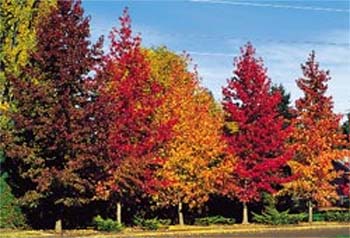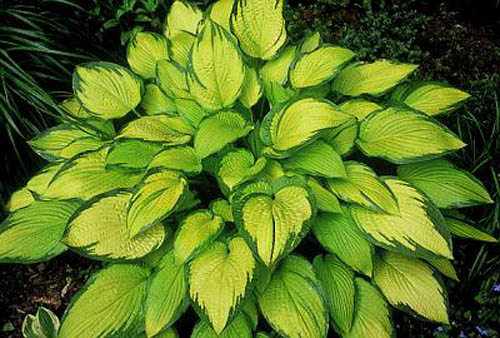I hate to think how often I have found myself in trouble overlooking the obvious. For example, my wife just this morning wore a new dress, which naturally I overlooked, like I usually do, on such occasions. We are all guilty of this from time to time. It is not that we do not see the object but rather our mind just does not recognize what we see.
This was brought to my attention recently after reading an article on Sambucus canadensis or the common elder. I made the mistake of saying to my wife that this was a wonderful small tree which we should plant in that open area down by the creek or maybe under the white ash behind the south gardens. She just kind of looked at me like I had lost my mind before finally asking , “What are you planning on doing with the ones already growing there”? I quickly retired to other parts of the house.
I was so use to seeing this plant, I fail to see it’s beauty like my wife in her new dress. The elder, often referred to as the blue elderberry, desert elder, European elder, swamp elder, or common elderberry is anything but common. The Sambucus canadensis and four of it’s cousins are small trees or large shrubs found along many creek banks and forest edges. Sambucus make lovely garden ornamentals particularly where a naturalized grouping is desired.
Flowers are borne in large panicles resembling the flowers of Queen Ann’s lace, in early summer. The fruits ripen in late fall and are prized by birds, which eat them throughout the winter. Seeds germinate in Spring, with new shoots growing rapidly, up to 18 inches per year. Deer and woodchucks like the tender new shoots of the elder.
While not commercially important, the berries do make excellent pie, jam and wine. The flowers are edible, often used in fritters or in fresh salads. Leaves of the elder are toxic, and care must be taken not to include leaves when picking fruits or flowers. Native Americans dried the fruits, pulverized them and made pemmican by mixing with animal fat.
The tough easy to grow, elderberry definitely deserves a spot in the garden. We are starting to see wonderful selections available, particularly through specialty mail order nurseries such as Roslyn Nursery (http://www .roslynnursery.com/) and Forest Farms (http://www.forestfarms.com). The new cultivars are drawing attention to this plant especially with some of the flashier variegated varieties. Some of the ones we like best are:
Sambucus caerulea
– Blue Elderberry is spectacular with its waxy blue fruit clusters borne on this 6-12 foot native shrub tree whose large flat clusters of creamy-white flowers precede clusters heavy fruit.
Sambucus canadensis
– Golden Elderberry is a vigorous large shrub growing 10-12 feet which looks good throughout the growing season with bright yellow to yellow-green foliage and black berries.
Sambucus nigra
– Marginata Elderberry is very handsome in flower and fruit, while the creamy-white margins of its compound leaves in combination with its large clusters of white flowers and the shiny black berries is spectacular. This 6-8 foot shrub is ideal for the border or wild garden.
Sambucus nigra laciniata
– Cut leaf Elderberry is a 6-8 foot shrub that has leaves elegantly cut into fine lobes, large heads of small creamy flowers. The Cut leaf really stands out in the garden as a specimen plant.
Sambucus nigra
– Guincho Purple has leaves which open green, turn quickly to a rich wine-pruple, a lovely contrast with its mounds of pink-tinted flowers borne on purple stems.
Sambucus racemosa
– The Red Elderberry produces great pyramidal clusters of foamy white flowers followed by bright-red berries in the Fall. A very ornamental 3-12 foot shrub.
Now that I know what I am seeing I will make sure I take time to appreciate my elders. They really are a very useful shrub for the home gardener. I also plan on trying some of the other varieties this Spring if for no other reason then to see if my wife notices.



